Common Signs of Tire Wear
Tire wear is an inevitable part of owning a vehicle. It’s a natural process that occurs as your tires make contact with the road.
However, recognizing the signs of tire wear is crucial. It can help you maintain optimal vehicle performance and ensure your safety on the road.
Different patterns of tire wear can indicate various issues. From alignment problems to inflation issues, your tires can tell you a lot about your vehicle’s health.
In this article, we’ll explore the common signs of tire wear. We’ll delve into different tire wear patterns, such as steer tire wear and toe-in tire wear.
We aim to provide you with actionable advice on how to address and prevent tire wear. This way, you can prolong the life of your tires and ensure a safer driving experience.
Whether you’re a car owner, an automotive enthusiast, or a DIY mechanic, this guide is for you.
Understanding Tire Wear and Its Implications
Tire wear is more than just an aesthetic issue. It directly impacts your vehicle’s performance and safety.
When tires wear unevenly or prematurely, it can indicate underlying problems. These can range from alignment or suspension issues to improper inflation.
Understanding the implications of tire wear is essential. It can help you diagnose specific vehicle problems before they escalate.
By recognizing the signs of tire wear early, you can take the necessary steps to address them. This not only prolongs the life of your tires but also ensures a smoother and safer ride.
The Role of Regular Tire Inspections
Regular tire inspections are crucial for maintaining vehicle safety and performance. They allow you to spot signs of wear and tear early on.
By checking your tires regularly, you can identify issues such as underinflation or overinflation. These can lead to uneven tire wear if left unaddressed.
Inspections also help you monitor your tire tread depth. This is important as it affects your vehicle’s grip on the road.
In short, regular tire inspections are a simple yet effective way to prolong the life of your tires and ensure a safe driving experience.
Identifying Different Tire Wear Patterns
Tire wear patterns can tell you a lot about your vehicle’s health. They can help diagnose specific problems that may be affecting your car.
For instance, center wear often suggests overinflation. On the other hand, edge wear indicates underinflation.
Feathering tire wear can point to incorrect toe alignment. This is when the edges of your tire’s tread are worn down unevenly.
Camber wear occurs when the tire leans too much inward or outward. This can be a sign of suspension or alignment issues.
Cupping or scalloping can signal problems with suspension parts. This pattern appears as dips or scallops in the tire tread.
Heel-toe wear is typically associated with insufficient tire rotation. It’s characterized by one side of the tread blocks wearing down faster than the other.
Patch wear may be caused by hard braking or acceleration. It appears as random patches of wear across the tire.
Center Wear: Overinflation Issues
Center wear is a common sign of overinflation. When a tire is overinflated, the center of the tire carries most of the vehicle’s weight.
This leads to faster wear in the middle of the tire. Regularly checking your tire pressure can help prevent this issue.
Edge Wear: Underinflation Problems
Edge wear, on the other hand, is a sign of underinflation. When a tire is underinflated, the edges of the tire bear more weight.
This results in faster wear on the outer edges of the tire. Maintaining the correct tire pressure is crucial to prevent edge wear.
Feathering: Toe Alignment Concerns
Feathering tire wear is often a sign of incorrect toe alignment. This type of wear is characterized by the edges of the tread blocks wearing down unevenly.
One edge of the tread block will be smooth, while the other edge will be sharp. Regular wheel alignment checks can help prevent feathering wear.
Camber Wear: Suspension or Alignment Red Flags
Camber wear is another common tire wear pattern. It occurs when the tire leans too much inward or outward, causing uneven wear.
This can be a sign of suspension or alignment issues. Regular alignment checks and suspension inspections can help prevent camber wear.
Cupping or Scalloping: Suspension Component Warnings
Cupping or scalloping is a tire wear pattern that can signal problems with suspension parts. This pattern appears as dips or scallops in the tire tread.
It’s often a sign that your vehicle’s suspension components are worn or damaged. Regular suspension inspections can help identify and address these issues early.
Heel-Toe Wear: Rotation Frequency Issues
Heel-toe wear is typically associated with insufficient tire rotation. This wear pattern is characterized by one side of the tread blocks wearing down faster than the other.
Regular tire rotations can help achieve uniform wear and longer tire life. It’s recommended to rotate your tires every 5,000 to 8,000 miles.
Patch Wear: Driving Habit Indicators
Patch wear is a tire wear pattern that may be caused by hard braking or acceleration. It appears as random patches of wear across the tire.
Adjusting your driving habits can help prevent patch wear. Avoid sudden starts and stops, and try to maintain a steady speed whenever possible.
How to Prevent Premature Tire Wear
Preventing premature tire wear is crucial for vehicle safety and performance. It also helps extend the lifespan of your tires, saving you money in the long run.
Proper tire inflation and maintenance play a key role in this. Regularly checking your tire pressure and adjusting it as needed can help prevent uneven wear.
Wheel alignment and tire rotation are also important. They ensure even weight distribution and reduce wear.
Finally, understanding and monitoring your tire tread depth can help you know when it’s time to replace your tires. This is crucial for maintaining good traction and handling.
Proper Tire Inflation and Maintenance
Maintaining the correct tire pressure is crucial for preventing premature tire wear. Overinflation can lead to center wear, while underinflation can cause edge wear.
Regularly checking your tire pressure and adjusting it as needed can help prevent these issues. It’s recommended to check your tire pressure at least once a month.
The Importance of Wheel Alignment and Tire Rotation
Wheel alignment ensures that your tires are set to the vehicle manufacturer’s specifications. Misalignment can lead to uneven tire wear and can affect your vehicle’s handling and safety.
Tire rotation, on the other hand, helps ensure even weight distribution. It’s recommended to rotate your tires every 5,000 to 8,000 miles to promote uniform wear and extend tire life.
Understanding and Monitoring Tire Tread Depth
Monitoring your tire tread depth is crucial for maintaining good traction and handling. As your tires wear, the tread depth decreases, which can affect your vehicle’s performance.
Tire tread depth gauges can help you monitor wear and determine when it’s time to replace your tires. The legal minimum tread depth varies by country, so it’s important to know the regulations in your area.
When to Replace Your Tires
Knowing when to replace your tires is crucial for your safety on the road. As a rule of thumb, tires should be replaced when the tread depth reaches the legal minimum, or if there are signs of significant wear or damage.
Tire wear indicators, also known as tread wear bars, can help you determine when it’s time for a replacement. These are raised bars in the grooves of your tire that become flush with the tread when it’s worn down.
Conclusion: Ensuring Tire Longevity and Safety
Understanding tire wear and its implications is key to ensuring the longevity of your tires and your safety on the road. Regular inspections, proper maintenance, and timely replacements can significantly reduce the risk of tire-related accidents.
Remember, while some tire wear is normal, excessive or uneven wear can be a sign of larger vehicle issues. Stay vigilant, keep up with your tire care, and you’ll enjoy a smoother, safer ride.

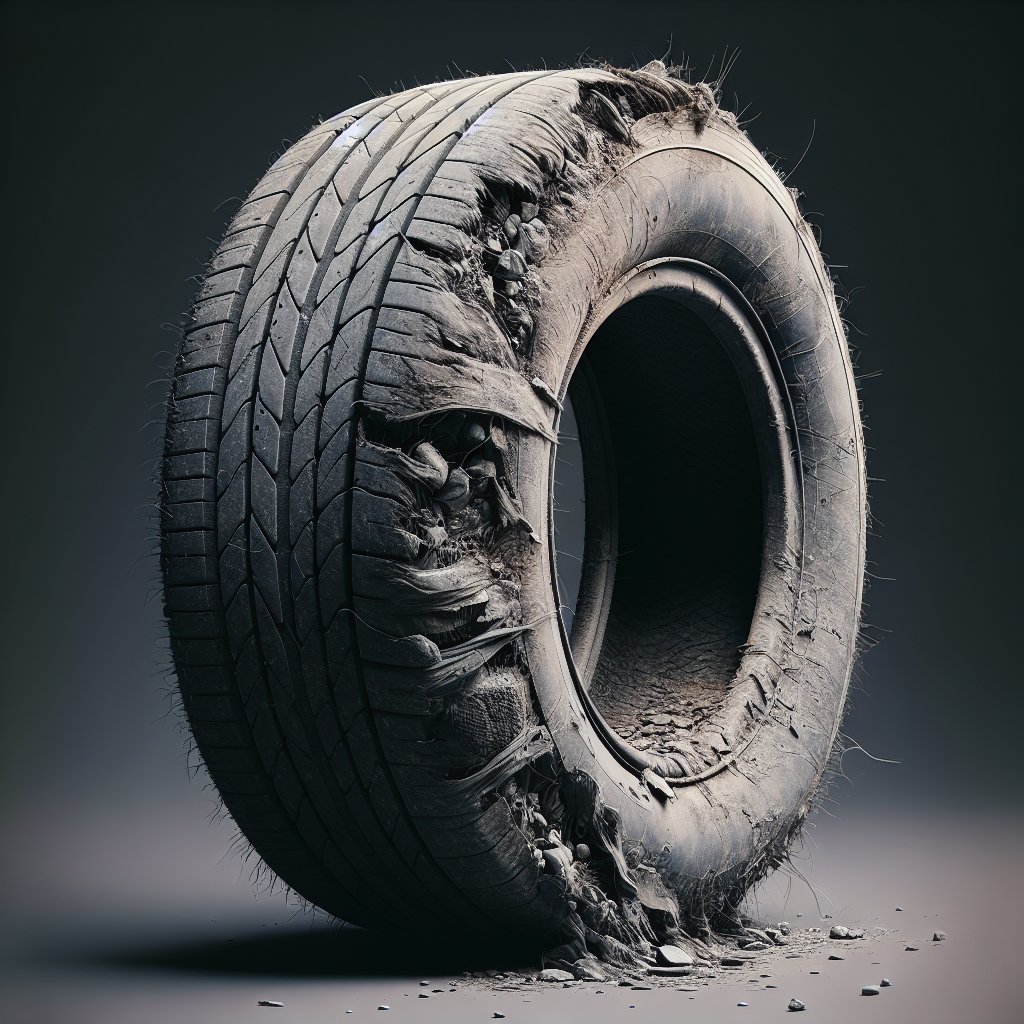
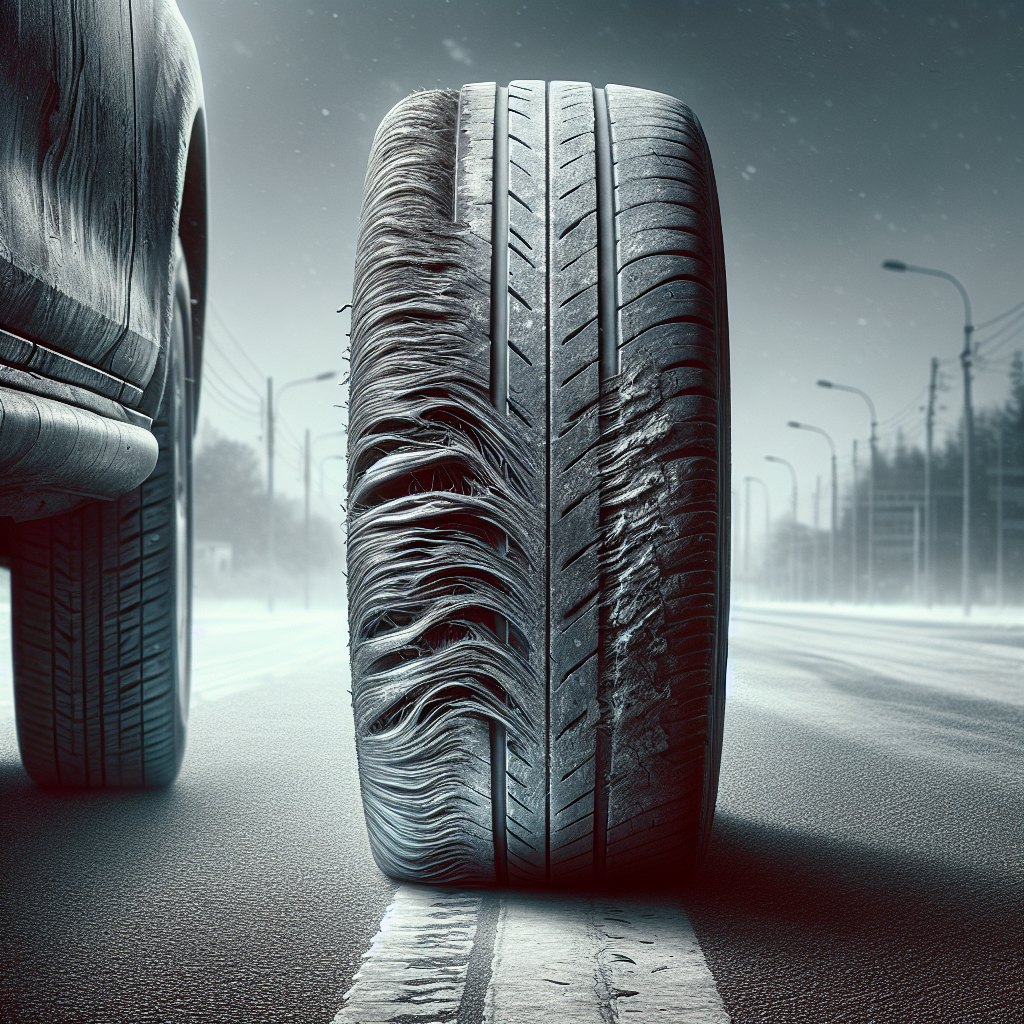
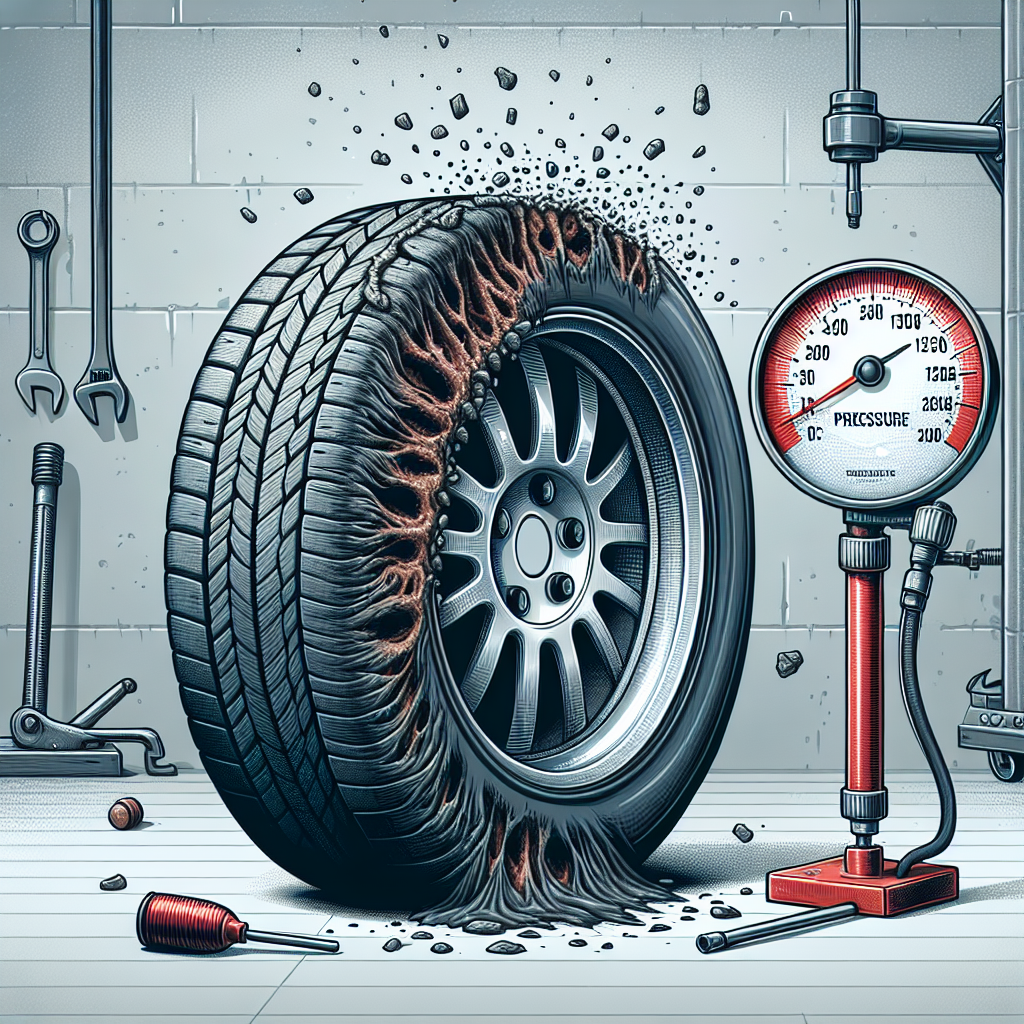
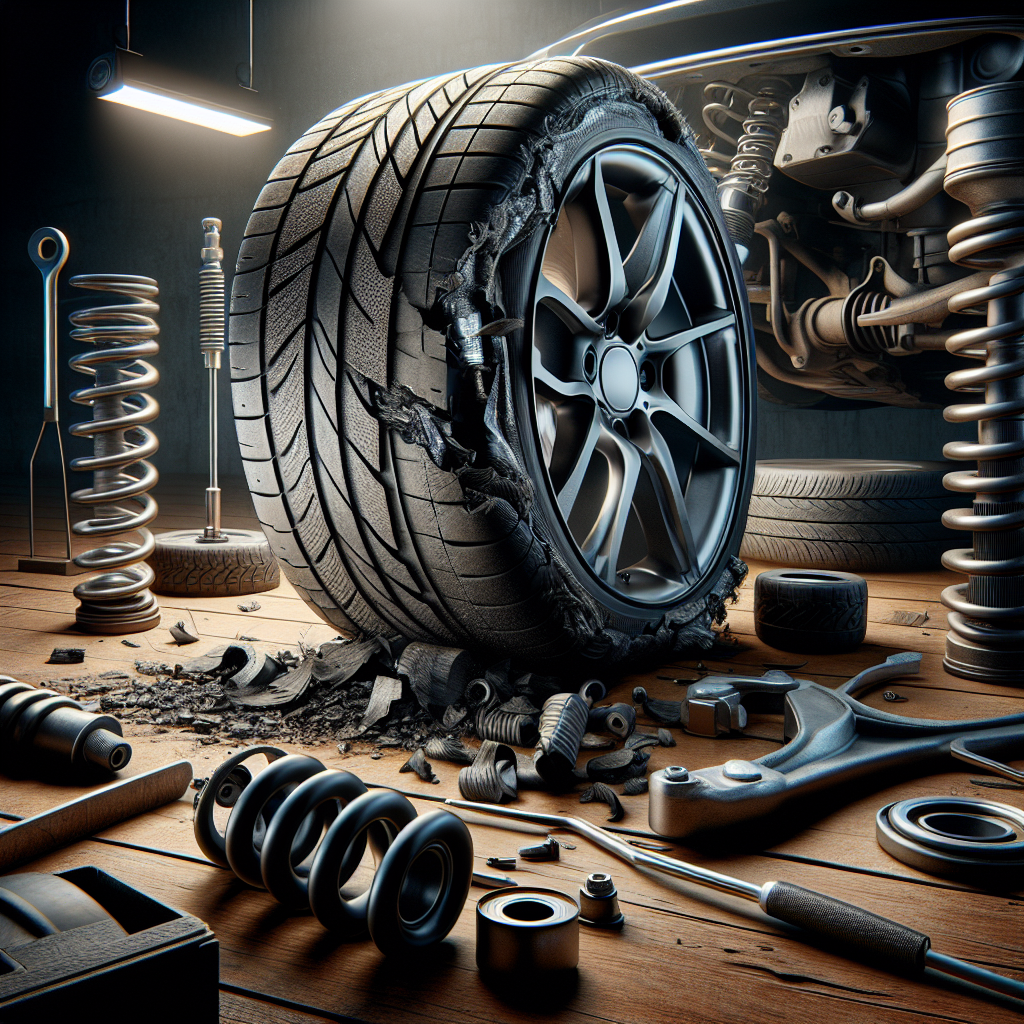

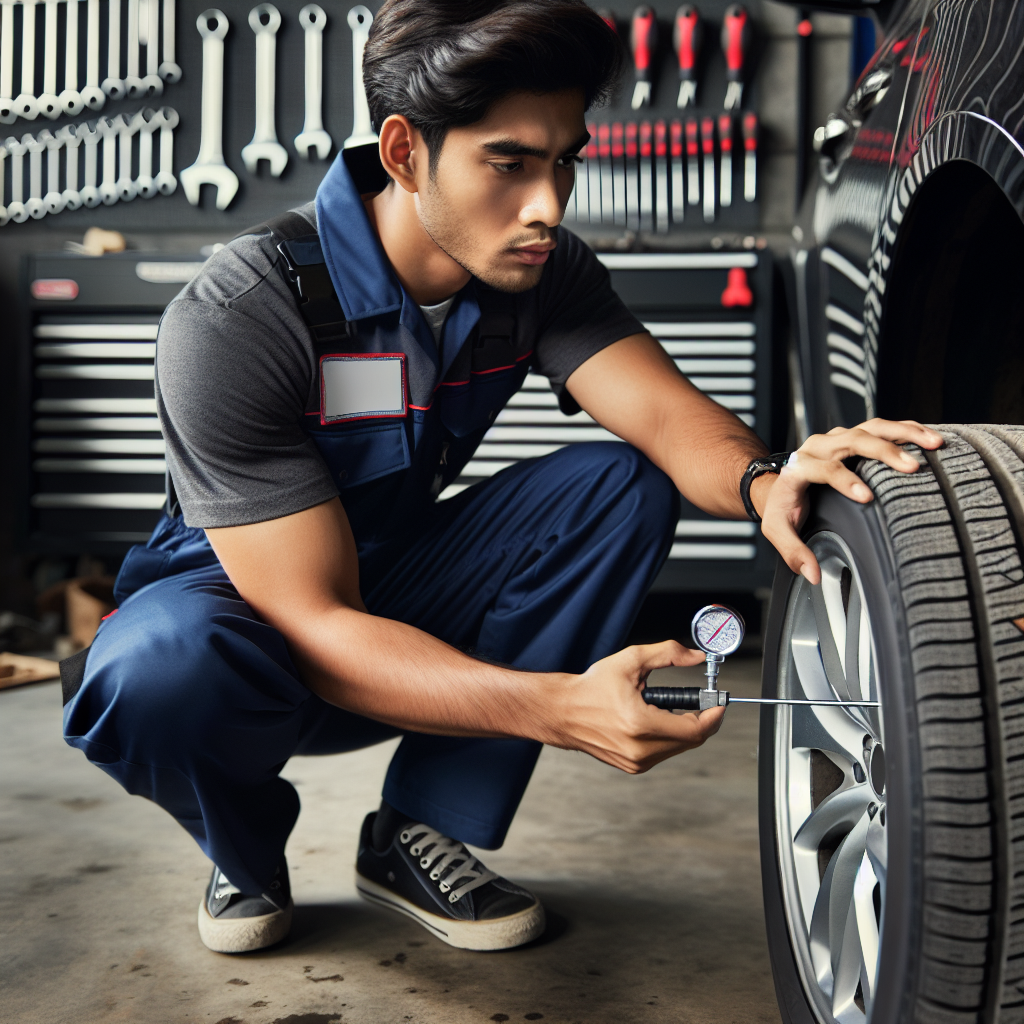
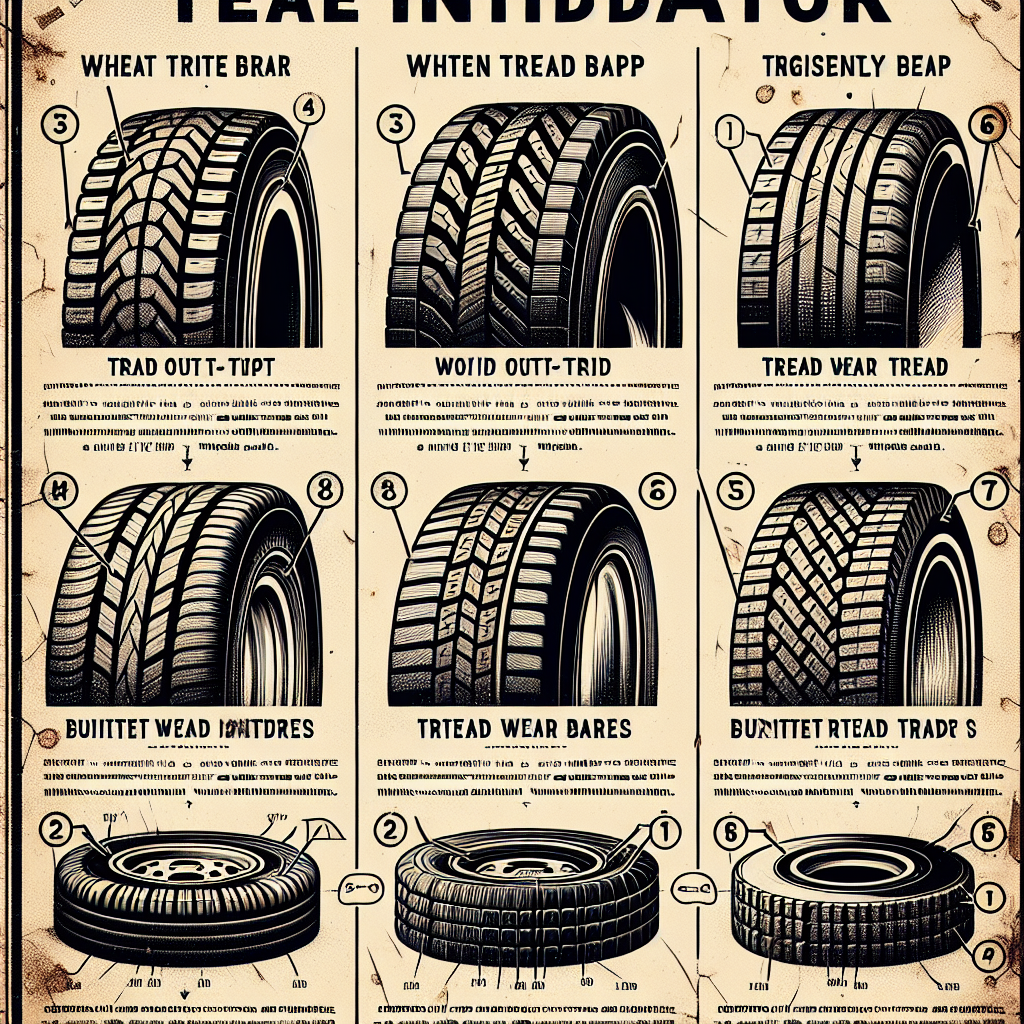








![Accounting Course in Delhi, 110047, [GST Update 2024]](https://free-ads.marketing2advertising.com/wp-content/uploads/2024/07/Accounting-Course-in-Delhi-1-300x224.png)


